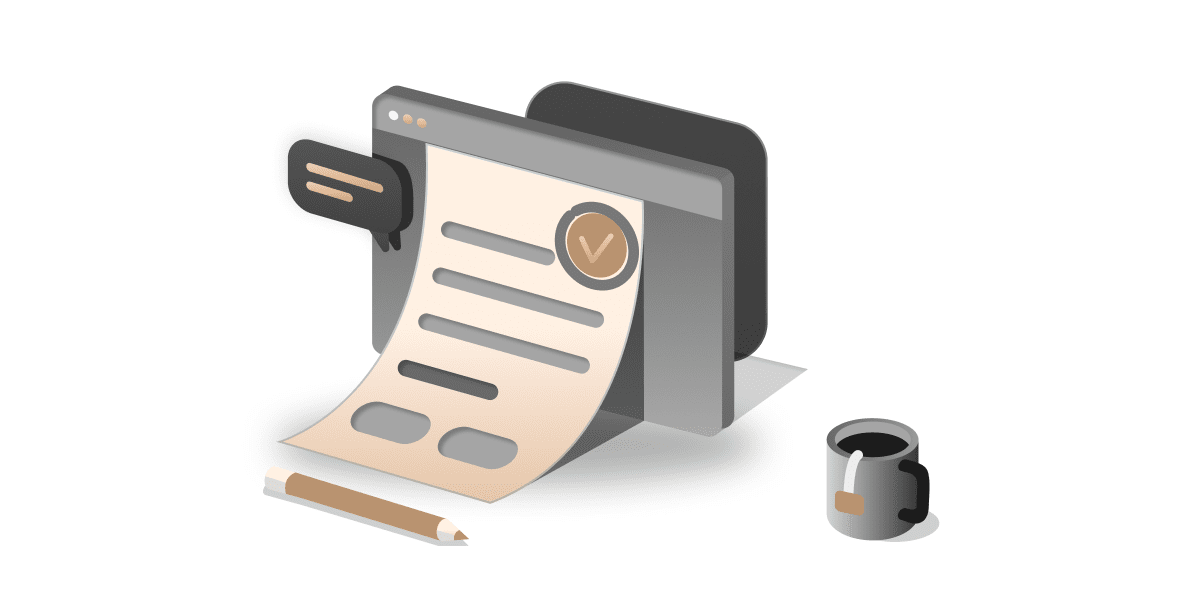What is face value?

Face value, also known as par value, is a trading term used to describe the nominal value of a security. For bonds this is the amount that the bondholder will receive when the bond matures. For stocks, it is the value per share from the issuer.
Key takeaways
Face value (or par value) is the nominal value of a security stated by the issuer at issuance, representing the amount bondholders receive at maturity or the per-share value for stocks.
In the US, typical face values are $1,000 for corporate bonds, $5,000 for municipal bonds, and $10,000 for government bonds, used to determine discounts and premiums.
Face value differs from market value, which is the current price determined by market conditions like supply and demand and can be more volatile than the original face value.
Multiple factors influence bond face value including interest rates (rising rates decrease face value), credit ratings (higher ratings increase face value), maturity dates, economic conditions, and default risk.
Face value is crucial for bond calculations such as interest payments and market values, and for calculating cost basis to determine capital gains or losses when securities are sold.
Key insights
Face value can be explained as the dollar amount that appears on the face of a bond or stock certificate.
It is the value of the security when issued, as opposed to its current market or intrinsic value.
In the case of stocks, face value is usually a nominal amount, in the case of bonds it is the amount of money the issuer agrees to pay back to the bondholder at the maturity date.
What does face value mean?
Taking something at face value is a widely used idiom that means to accept something as it appears. This is the same when talking about bonds – at face value the bond might be worth $1,200, but this price may increase or decrease according to interest rates and the issuer’s market position.
In the US, the face value is typically $1,000 for a corporate bond, $5,000 for a municipal bond and $10,000 for a government bond.
This is used to indicate when a bond is selling at a discount (below face value), or a premium (above face value), so investors can reduce risks when buying or selling.
Face value is important when making bond calculations, such as interest payments, market values, discounts and premiums. Although the price of a bond is influenced by its face value, this is not necessarily the same as the bond’s market value.
Market value vs face value
While face value is the original value of a security as stated by the issuer, market value is the current price of a security as determined by the market.
Face value may occasionally be used as a reference point to determine market value, but the two values are often not the same. Market value can often be more volatile and can vary depending on the current market conditions, such as supply and demand.
Factors influencing face value
There are a number of factors that can influence the face value of a bond, these can include:
Economic conditions. Changes in economic conditions, such as inflation or deflation, can affect a bond’s face value by changing the purchasing power of the money used to purchase the bond.
Interest rates. If interest rates rise, the face value of a bond decreases, and if interest rates fall, the face value increases.
Credit rating. The credit rating of a bond issuer impacts the face value of a bond. Higher credit ratings generally result in higher face values, and lower ratings mean lower face values.
Maturity date. The maturity date of a bond determines when the bond will be repaid, and therefore affects its face value. Longer-term bonds tend to have higher face values than shorter-term bonds.
Default risk. This is the risk that the bond issuer will not be able to repay the bond. Higher default risk is associated with lower face values.
Conclusion
Face value is an important concept to understand when trading stocks and other financial instruments. It is the nominal value of a security or instrument and is used to determine the initial value of the security.
Face value can also be used to calculate the cost basis of a security, which is used to determine the capital gains or losses when the security is sold.
FAQs
What is face value in simple terms?
Face value, also known as par value, is the nominal or dollar value of a security, as stated by the issuer.
What is the difference between face value and market value?
Face value is the nominal or stated value of a security, while market value is the current value of a security as determined by supply and demand in the open market.
What is the difference between face value and a bond’s price?
The face value of a bond is the amount of money that the issuer agrees to pay back to the bondholder at maturity. The bond’s price is the amount of money the bondholder actually pays for the bond.
Is face value the same as par value?
Yes, face value and par value both refer to the same thing.
Is face value always $1,000?
No, the face value of a security can vary depending on the type of security. Common stock typically has a face value of $1, but bonds typically have a face value of $1,000 or higher.